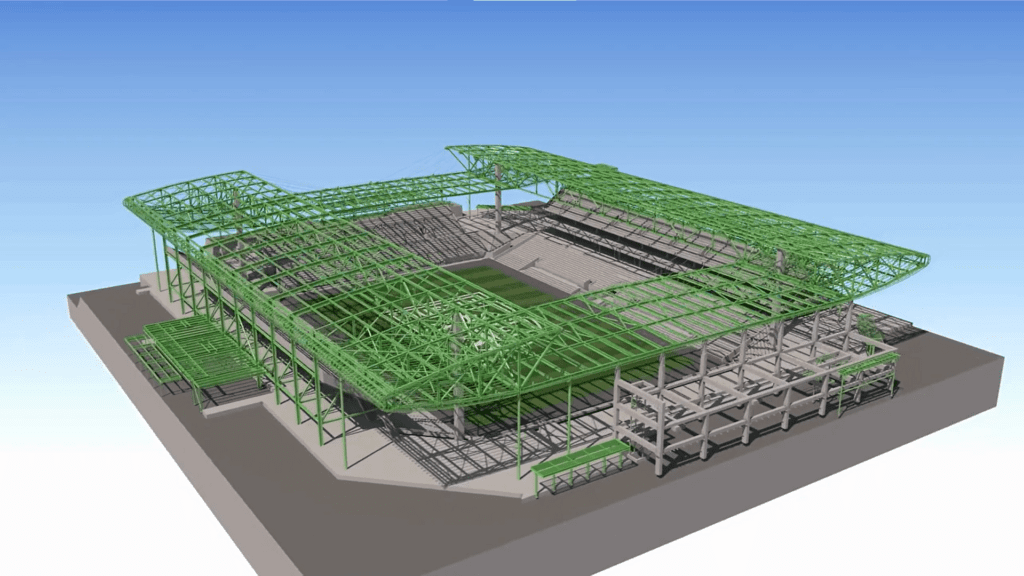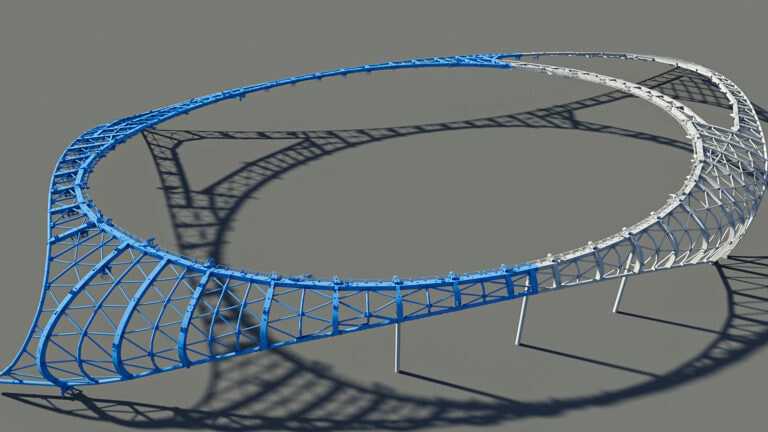A recent study by the University of Oxford analysed scores of infrastructure projects worldwide. The results revealed that 92% of projects overran their original cost and schedule estimates.
These delays and budget blow-outs are all too common in the United States. One study conducted for the US Department of Transportation into rail transit projects determined that the average capital cost overrun was 61%. In just one example, the 20-mile rail transit line from Pearl Harbor into downtown Honolulu was originally costed at US$4 billion. With completion dates slipping forward and cost estimates creeping upward, the latest estimate for this rail line is US$11.4 billion, with a completion not expected until 2031. Similarly, the high-speed rail system from Los Angeles to San Francisco was supposed to cost US$33 billion and be completed by 2020. Now, it’s not expected to complete before 2033, with upwards of a US$100 billion price tag.
The situation is much the same in Australia. According to a report released recently by the Grattan Institute, the Australian Government spent AU$34 billion—equivalent to 21%—more on transport and infrastructure projects in the years since 2001 than originally estimated. And the larger the project, the more likely it is for costs to blow out, and by more. Almost half of the projects with an initial budget of over AU$1 billion overran this budget by an average of 30%.
The result: delayed benefits to the public and an inflated price tag that taxpayers ultimately bear.
So then, how can governments, contractors and infrastructure project teams help mitigate these high-risk, challenging projects? How can these cost and schedule overruns be curtailed?
Design Assist and 3D Modeling
One solution that is rapidly gaining traction is design assist and 3D modelling—implemented as early as possible in a project’s lifecyle.
Design assist helps bridge the gap between design and construction. Collaborative early engagement methodologies like Design Assist, Design Integration or Integrated Project Delivery help ensure cost and scheduling certainty in a relatively short space of time. In contrast to engineering designs that focus on life safety requirements and create analytical models, design assistance or design integration analyzes project intricacies in order to find solutions to issues like accessibility, constructability, and erectability that can reduce costs, reduce project schedules, and ensure scheduling certainty.

Eradicate Value Engineering
Design assist and 3D modeling help eradicate the value engineering that is so typical of Design-Bid-Build projects. It helps keep projects on schedule and on budget, without the aesthetic, size or functionality compromises that are a necessary evil of the value engineering process.
Confirm Constructability
Constructability assessments in a 3D model can step through every aspect of framing plans to ensure that steelwork can be easily fabricated and erected. This provides accurate costs and scheduling certainty. All steel members can be reviewed for profile, location, and elevation.
Various elements can be assessed for constructability including bolt clearance, weld accessibility, tolerance checks, crane reach and type, beam connection type and clearance, erection schemes, modularization and panelization.
When these elements are assessed during pre-construction, cost-saving alterations can be made to the design before it’s too late—before the steel is ordered. For instance, a member size can be increased, rather than introducing additional material or connections.


Detect Clashes
Rework and replacement of structural steelwork can be incredibly expensive and cause severe project delays. Design Integration in combination with multi-discipline 3D model coordination, incorporating all construction services, delivers fully integrated clash detection capabilities to resolve delays and rework. Interactive development streamlines the design process by checking fit-up, and resolves design discrepancies and intent before the final phase of the geometry lockdown.
Accelerate Approvals
Preconstruction integrated modelling facilitates in-model approvals, which improve schedule, cost and safety. All project stakeholders have access to a visual representation of the project. Stakeholders can make informed decisions more quickly with detailed, easy-to-understand data.
Reduce Change Orders
There is ample opportunity to make changes during the design process, before committing to hard costs with a steel or concrete supplier that could be subject to change orders. The cost of early integrated modelling and design integration is minimal compared to the cost of change orders and their accompanying delays. Design assist or Design Integration generally accounts for 2% to 4% of the total steel package costs on a project, while change orders can run into millions of dollars in fabrication rework and schedule delays.
Cost estimates are only as good as the completeness of the design. A Design Assist or Design Integration Process with actual deliverables such as a fully connected fabrication model allow for transparent procurement, a constructable design and a smooth transition into the construction phase of a project with a positive outcome for all participants.



